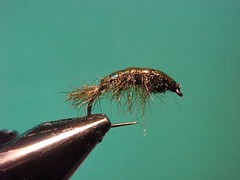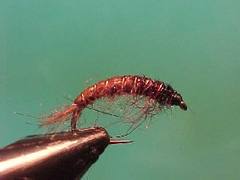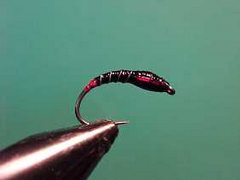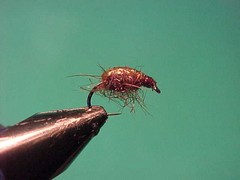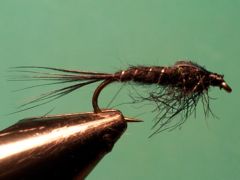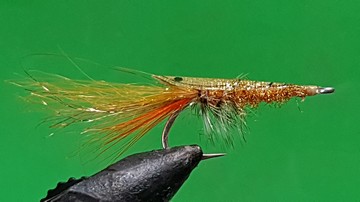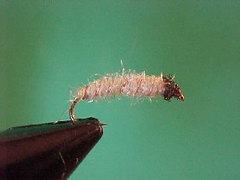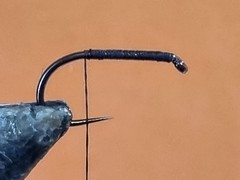Scud
I use this fly to represent not only Scuds but also Olive Caddis Pupa which are of course a completely different types of creature. Scuds are true crustaceans of the family Isopod or Amphipods and generally you find them in shallow water in the detritus matter and around weed beds and drowned vegetation.

